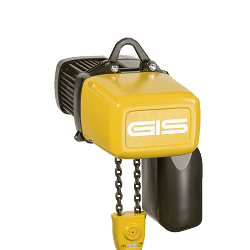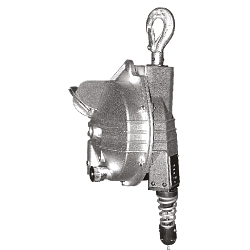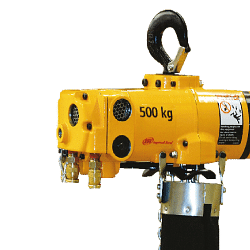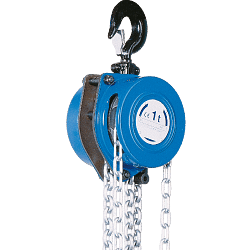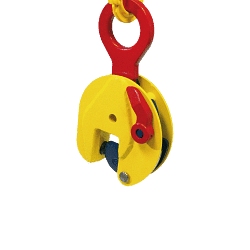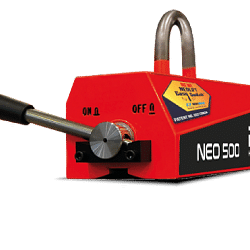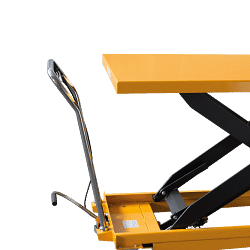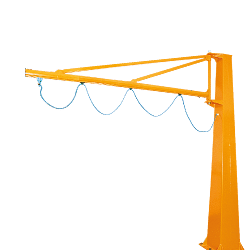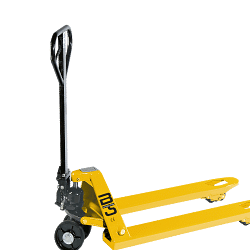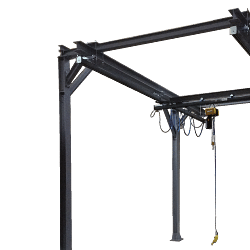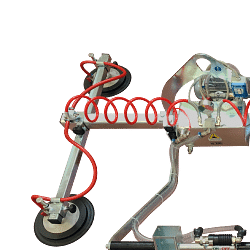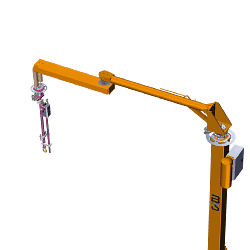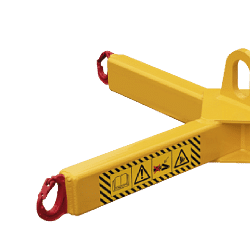Register and use the discount code NEWWELCOME to get 10% off on your first purchase. GET DISCOUNT.
Register and use the discount code NEWWELCOME to get 10% off on your first purchase. GET DISCOUNT.
Register and use the discount code NEWWELCOME to get 10% off on your first purchase. GET DISCOUNT.
Free shipping in 24h from 200€
Catalogues
Customer service
How can we help you?
- Faq
- Customer service
02.927371
- Supporting big orders
02.38298620
-
info@linkindustrialtools.it
- Request assistance with form
Or contact us with the chat in the lower right corner
- All products
 Integral cutting tools
Integral cutting tools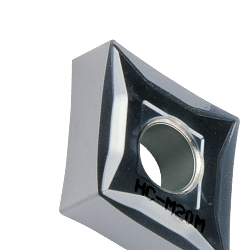 Turning tools
Turning tools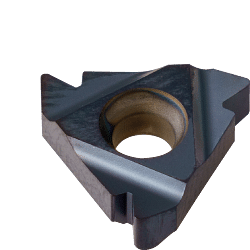 Thread tools
Thread tools Thread tools
Thread tools- All products
- Thread inserts
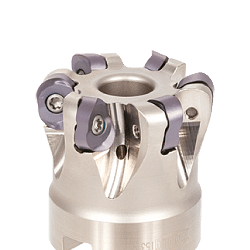 Milling cutters
Milling cutters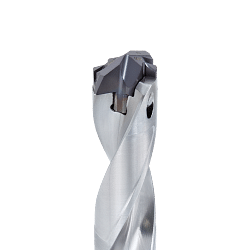 Drilling tools
Drilling tools Drilling tools
Drilling tools- All products
- Indexable drill bits
- Indexable drill heads
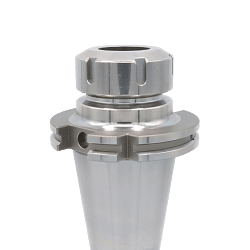 Clamping systems
Clamping systems Measuring and precision tools
Measuring and precision tools Measuring and precision tools
Measuring and precision tools- All products
- Digital calipers with readings to 0.01
- Analogue calipers
- Digital micrometers
- Analogue micrometers
- Bore gauges
- Snap gauges
- Digital gauges
- Analogue gauges
- Touch probes
- Zero setters and edge finders
- Inspection plates
- Altimeters
- Height gauges
- Squares and levels
- Threaded rings
- Gauge blocks
- Calibrated tapes and thickness gauges
- Digital and analogue hardness testers
- Roughness testers
- Microscopes, lenses and visors
- Digital thermo-hygrometer to measure moisture
- Reset benches
- Optical profile projector
- Professional, digital dynamometers
- Laboratory scales
- Digital amperometric pliers
- Thickness and adhesion gauges
 Hand tools
Hand tools Hand tools
Hand tools- All products
- Combination wrenches
- Spanners
- Hook wrenches
- Tubular wrenches
- Hexagon keys
- Torx wrench
- Socket wrenches
- Screwdrivers
- Torque wrenches
- Torque screwdriver
- Inserts and bits for screw drivers
- Tool trolleys
- Workshop pliers
- Wire strippers
- Cable strippers
- Cutting nippers
- Professional scissors
- Nippers
- Professional shears
- American or Swedish pipe wrench
- Adjustable wrench
- Pipe tools
- Pipe cutter for plumber
- Cutter
- Hacksaws
- Deburring tools
- Chisels
- Hammers and mallets
- Mechanical and conical pullers
- Clamps
- Tap wrenches and die stocks
- Riveters
- Flexometers
- Tape measures
- Markers
- Flat squares and rulers
- Professional dividers
- Professional protractors
- Brushes
- Lubricators and spray nozzles
- T-wrenches
- Reversible ratchets
 Abrasives
Abrasives Abrasives
Abrasives- All products
- Cutting discs
- Deburring grinding wheel
- Flap discs
- Fabric discs for surface treatment
- Abrasive fibre discs with Velcro
- Abrasive cloth in rolls, sheets and bands
- Flap wheels with pin and abrasive wheel with hole
- Abrasive wheels for buffing machines
- Abrasive spiral bands
- Abrasive brushes
- Flexible sanders
- Mounted grinding discs
- Polishing felt
- Solid carbide rotary cutters
- HSS rotary cutters
- Abrasive wheels for sharpening and grinding
- Diamond grinding wheels
- Grinding stone
- Diamond paste
- Abrasive stones
- Files and rasps
- Diamond files
- Grinders and polishing equipment
 Lubricants for machine tools
Lubricants for machine tools Lubricants for machine tools
Lubricants for machine tools- All products
- Water-miscible coolants
- Neat cutting oil
- Minimal lubrication systems
- Oil for guides and slides
- Drums of hydraulic oil fluid
- Anti-freeze for machine tools
- Air coolers
- Oil separator
- Powders and absorbents for oil
- Aspirators for oil mist
- Accessories for cooling lubricants
- Metal and mould protectors
- Grease and paste
 Chemical, adhesives and sealants
Chemical, adhesives and sealants Chemical, adhesives and sealants
Chemical, adhesives and sealants- All products
- Acrylic, cyanoacrylate and epoxy adhesives
- Guns and silicon sealant
- Threadlocker
- Sealants and retainers
- Release agents, lubricants and anti-seize
- Zinc spray and polishes
- Lubrication accessories
- Protections for maintenance
- Industrial Cleansing
- Handwash
- Industrial cloths and rags
- Welding machines
- Electrodes
- Clamps, shields and welding masks
- Antispatter
 Safety equipment
Safety equipment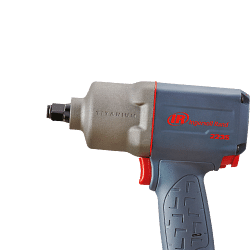 Pneumatics
Pneumatics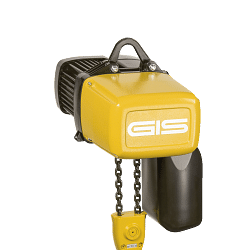 Lifting systems
Lifting systems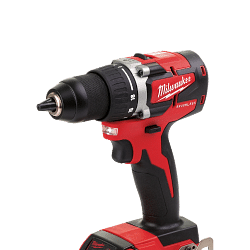 Workshop equipment
Workshop equipment Workshop equipment
Workshop equipment- All products
- Column and bench drills
- Accessories for lathes
- Band saws
- Cut-off machines
- Bench grinders
- Power tools
- Spare parts and accessories for Power Tools
- Saws and hole cutters: wood, metal and plasterboard
- Tapered cutters for sheet metal
- Industrial aspirators
- Fume aspirators
- Bench vices
- Technical lamps
- LED torches
- Industrial cable winders
- Trolley wheels
- Quick clamps
- Threaded inserts
- Control knobs
- Packaging accessories and material
- Belt sanders
- Electric tapping machines
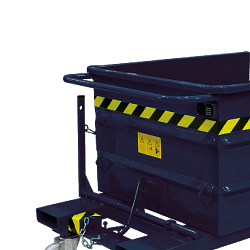 Furnishings and storage
Furnishings and storage Furnishings and storage
Furnishings and storage- All products
- Work benches
- Swivel chairs for office use
- Drawer units for workshops
- Industrial cabinets for warehouses and workshops
- Tool cabinets
- Security cabinets
- Changing room cabinets
- Containers for small metal parts
- Scrap holders
- Workshop trolleys
- Spill pallets for drum storage
- Shelves for warehouses and offices
- Cantilever shelving
- Aluminium ladders
- Modular plinths
- Units and cabinets for waste recycling
 Brand
BrandPromotions
 Bestseller
Bestseller- Catalogues
-
Catalogues
Customer service
How can we help you?
- Faq
- Customer service
02.927371
- Supporting big orders
02.38298620
-
info@linkindustrialtools.it
- Request assistance with form
Or contact us with the chat in the lower right corner
< Lifting systems
- Home
- Lifting systems
- Cranes and hydraulic lifters
Cranes and hydraulic lifters
In the world of mechanical workshops, efficiency and safety are two fundamental pillars that guide every operation. Among the tools that embody these values, cranes and hydraulic lifts occupy a prominent place. These devices not only facilitate the lifting and handling of heavy loads, but do so with a precision and safety that is essential in complex and dynamic working environments.
Introduction to hydraulic cranes and hoists
Hydraulic cranes and hoists are indispensable tools in a variety of industries, from construction and automotive to logistics and industrial maintenance. Their ability to lift and move heavy loads with ease makes them irreplaceable tools for improving operational efficiency and reducing the risk of accidents at work.
The operating principle of hydraulic systems
The heart of a crane or hydraulic lift is the hydraulic system itself. This system uses the pressure of a fluid, usually hydraulic oil, to generate force. When fluid is pumped into a cylinder, the pressure exerted pushes a piston, which in turn lifts the load. This principle, known as Pascal's law, allows the force applied to be multiplied, enabling very heavy loads to be lifted with relatively little effort.
Practical applications in machine shops
In machine shops, cranes and hydraulic lifts are used in a wide range of operations. From removing and installing engines to handling heavy components, these tools are essential to ensure that operations run smoothly and safely. Their versatility makes them suitable for a variety of configurations and work spaces, allowing operators to quickly adapt to the specific needs of each project.
Benefits of using hydraulic cranes and hoists
The adoption of hydraulic cranes and hoists in machine shops offers numerous advantages. Firstly, they significantly improve work safety. By reducing the need to manually lift heavy loads, they decrease the risk of musculoskeletal injuries among workers. They also increase operational efficiency, allowing lifting operations to be completed in a shorter time than with traditional methods.
Another key advantage is precision. Hydraulic systems allow precise movement control, which is crucial when working with delicate components or in confined spaces. This precision results in fewer errors and less damage to materials, helping to maintain high quality standards.
Maintenance and care of hydraulic systems
To ensure that cranes and hydraulic lifts function optimally, regular maintenance is essential. This includes periodically checking and replacing hydraulic oil, checking the integrity of hoses and cylinders, and inspecting mechanical components for signs of wear. Proper maintenance not only extends the life of the equipment, but also ensures that operations run safely and efficiently.
Frequently asked questions about hydraulic lifts
One of the most common questions concerns lifting capacity. It is essential to choose a lift with an adequate capacity for the intended maximum load. Using an undersized lift can lead to mechanical failure and accidents. Another frequently asked question concerns compatibility with different types of loads. Many hydraulic lifts are equipped with interchangeable attachments that allow them to adapt to different load shapes and sizes.
Innovations and the future of hydraulic technologies
The field of cranes and hydraulic lifts is constantly evolving, with innovations that aim to further improve efficiency and safety. These include the integration of electronic control systems that allow real-time monitoring of operations and preventive fault diagnosis. In addition, the use of lighter and stronger materials is leading to more compact and easier to manoeuvre lifts.
Conclusion
Cranes and hydraulic lifts are an essential component of modern machine shops. Their ability to combine strength, precision and safety makes them indispensable tools for anyone working in industry. With proper maintenance and knowledgeable use, these devices will continue to support industrial operations, contributing to safer and more efficient working environments.
Read More Read LessIntroduction to hydraulic cranes and hoists
Hydraulic cranes and hoists are indispensable tools in a variety of industries, from construction and automotive to logistics and industrial maintenance. Their ability to lift and move heavy loads with ease makes them irreplaceable tools for improving operational efficiency and reducing the risk of accidents at work.
The operating principle of hydraulic systems
The heart of a crane or hydraulic lift is the hydraulic system itself. This system uses the pressure of a fluid, usually hydraulic oil, to generate force. When fluid is pumped into a cylinder, the pressure exerted pushes a piston, which in turn lifts the load. This principle, known as Pascal's law, allows the force applied to be multiplied, enabling very heavy loads to be lifted with relatively little effort.
Practical applications in machine shops
In machine shops, cranes and hydraulic lifts are used in a wide range of operations. From removing and installing engines to handling heavy components, these tools are essential to ensure that operations run smoothly and safely. Their versatility makes them suitable for a variety of configurations and work spaces, allowing operators to quickly adapt to the specific needs of each project.
Benefits of using hydraulic cranes and hoists
The adoption of hydraulic cranes and hoists in machine shops offers numerous advantages. Firstly, they significantly improve work safety. By reducing the need to manually lift heavy loads, they decrease the risk of musculoskeletal injuries among workers. They also increase operational efficiency, allowing lifting operations to be completed in a shorter time than with traditional methods.
Another key advantage is precision. Hydraulic systems allow precise movement control, which is crucial when working with delicate components or in confined spaces. This precision results in fewer errors and less damage to materials, helping to maintain high quality standards.
Maintenance and care of hydraulic systems
To ensure that cranes and hydraulic lifts function optimally, regular maintenance is essential. This includes periodically checking and replacing hydraulic oil, checking the integrity of hoses and cylinders, and inspecting mechanical components for signs of wear. Proper maintenance not only extends the life of the equipment, but also ensures that operations run safely and efficiently.
Frequently asked questions about hydraulic lifts
One of the most common questions concerns lifting capacity. It is essential to choose a lift with an adequate capacity for the intended maximum load. Using an undersized lift can lead to mechanical failure and accidents. Another frequently asked question concerns compatibility with different types of loads. Many hydraulic lifts are equipped with interchangeable attachments that allow them to adapt to different load shapes and sizes.
Innovations and the future of hydraulic technologies
The field of cranes and hydraulic lifts is constantly evolving, with innovations that aim to further improve efficiency and safety. These include the integration of electronic control systems that allow real-time monitoring of operations and preventive fault diagnosis. In addition, the use of lighter and stronger materials is leading to more compact and easier to manoeuvre lifts.
Conclusion
Cranes and hydraulic lifts are an essential component of modern machine shops. Their ability to combine strength, precision and safety makes them indispensable tools for anyone working in industry. With proper maintenance and knowledgeable use, these devices will continue to support industrial operations, contributing to safer and more efficient working environments.



